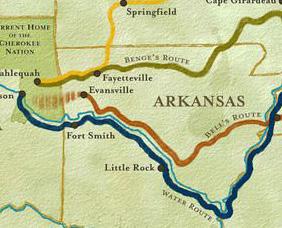
1 minute read
The Longest Walk
At the beginning of the 1830s, nearly 125,000 Native Americans lived on millions of acres of land in Georgia, Tennessee, Alabama, North Carolina and Florida–land that their ancestors had occupied and cultivated for generations. By the end of the 1830s, very few natives remained anywhere in the southeastern United States and most worked on behalf of white settlers who wanted to grow cotton on the Indians’ land. The federal government forced them to leave their homelands and walk hundreds of miles to a specially designated “Indian territory” across the Mississippi River.
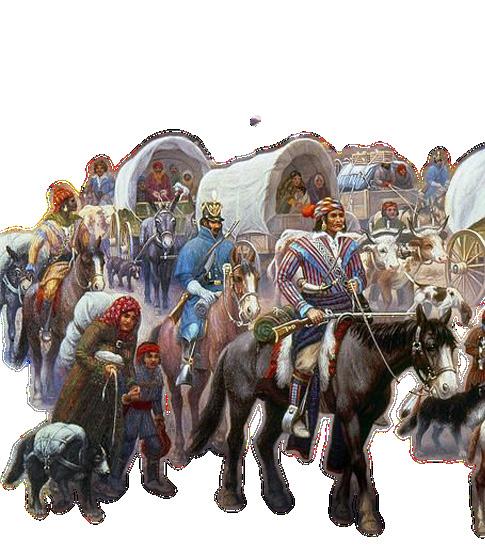
Advertisement
In 1830, Andrew Jackson signed the Indian Removal Act, which gave the federal government the power to exchange Nativeheld land in the cotton kingdom east of the Mississippi for land to the west, in the “Indian colonization zone” that the United States had acquired as part of the Louisiana Purchase. (This “Indian territory” was located in presentday Oklahoma.) There were 3,500 of the 15,000 civilians who set out for Oklahoma who did not survive the trip.
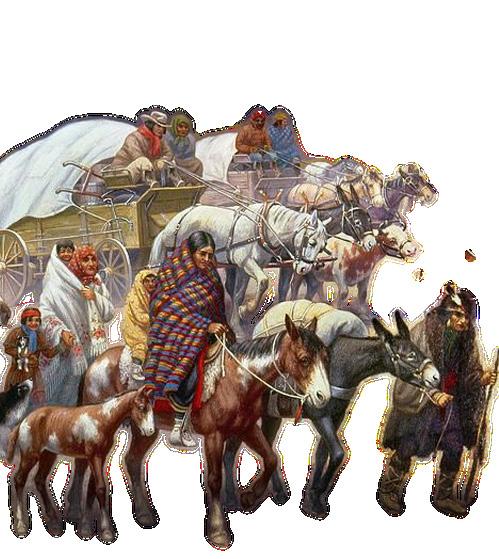
Men and women forced off thier reservation
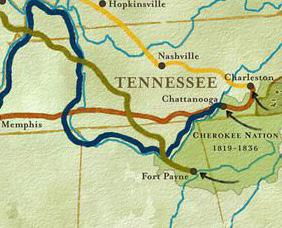
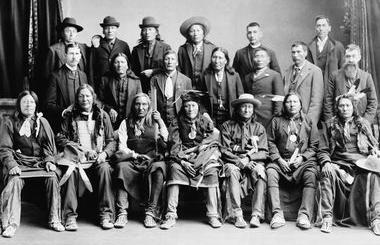
Men effected by the Indian Removal Act which leads to the Trail of Tears










